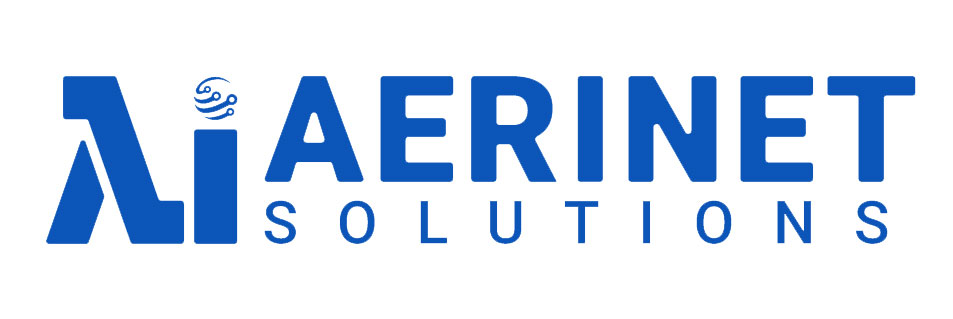The promise of AI seems somewhat oversold as a commercial replacement for everyday duties. Many people were expecting that their houses would be cleaned, the food would be delivered and meals would be cooked by a robot with AI.
What a wonderful dream!
Gartner references in a recent Forbes Magazine article, that AI Augmentation Will Create $2.9 Trillion Of Business Value.
However, one of the most needed applications of AI is electric reliability. Power outages have become pervasive. AI done correctly can help reduce the number of power outages. So how can we say that AI is helping to increase energy reliability and reduce outages? Easy, by doing predictive modeling and fixing what we can before the storm.
Why Things Will Get Worse Before They Get Better
The sea levels are rising. The weather is becoming more erratic and the polar vortex is shifting weather patterns around the globe. Now, more than ever it is important to collect the data about what is going on today.
It feels like nothing will get better until local governments focus on the local issues at hand, specifically energy reliability.
We all expect the lights and heat to be on. This is not some distant issue that happens to them over there. It is happening to all of us.
The Local Dilemma Is a Global Dilemma
As municipalities and the rest of the world focus on creating revenue, services and safety the question arises, where does the money come from. The local needs are vast and using data can address these issues in a proactive approach rather than reactive. That is why localities are reaching out to the NRECA and Aerinet to assist them to understand the comparative nature of reliability in specific regions.
As weather is getting worse and more extreme, the ability to predict which localities will be hit are needed more than ever. Daily temperatures are dropping below zero for a number of days and 100 year storms showing up every 10 years. This is not just a national emergency it is a worldwide one. The locality can play a role and make their citizens safe by using these tools to get a handle on what lies ahead.
What Needs To Be Done, Now
First, get your local data together with the suppliers of water and electricity.
- What systems do they have that can take the data and overlay weather and electric outage information?
- Where does your data reside and how often is it refreshed with updated data?
- How does your data help your disaster recovery plan?
- What type of data gaps do you have that can be filled now?
Where Will The Money Come From To Fix The Issues
The recent stimulus bill had funds for localities to help their citizens. This doesn’t have to be a multi-million dollar approach but it does have to be a local approach.
Where Is the Data That Is Relevant and How Can It Help
There is a ton of data that is available publicly. However, general data information that is historical is a good indication of the past, however it may be more difficult to use it to run deterministic types of AI algorithms. The algorithm and data prediction will only be good if in fact the data is “relevant, contextual, and renders a deterministic
How to get ahead of this
There are so many different systems and vendors that will tell you one thing or another. Obviously, they want you to move to the easiest platform for them. However, what is the best for them may be too expensive for the utility. There are also efforts going on for the generation and transmission
Find someone who has massive domain knowledge and partners that can work along side the electric and municipalities.


